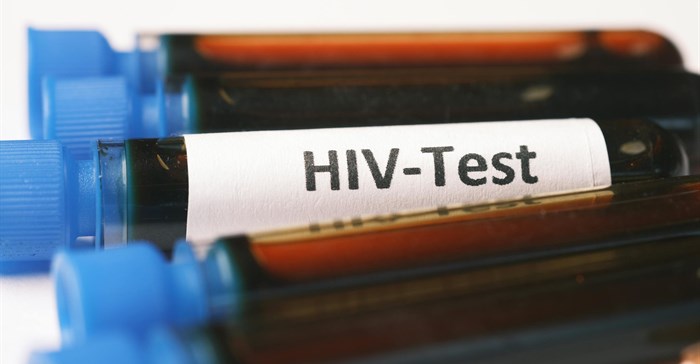
The country also has one of the world’s most impressive antiretroviral therapy programmes. Over 5 million people living with HIV are currently on chronic treatment. Widespread access to antiretroviral therapies since 2008 has led to millions of people ageing with chronic HIV infection. Consequently, people with HIV are older on average than they were just a decade ago.
Most HIV prevention and treatment programmes and policies in South Africa remain focused on adolescents and young adults. A growing group of middle-aged and older adults with HIV, or at high risk, are being left behind.
To date, there has been little research about sexual behaviour, risk of HIV transmission, HIV stigma and HIV prevention for adults over 40 years old.
The Health and Aging in Africa: Longitudinal Studies in South Africa study – or Haalsa as it is commonly known – is an exception to this trend. It seeks to better understand both the risk of getting HIV and the health of ageing adults with HIV in South Africa.
This project, a collaboration between the University of the Witwatersrand and Harvard University, has followed a cohort of over 5,000 adults older than 40 in the Agincourt region in north-east South Africa for more than 10 years.
Throughout this decade of research, the team has been gaining a deeper understanding of this “greying” HIV epidemic. Numerous important insights about HIV in older populations have already been achieved. Here we present some of the findings.
Research conducted in 2017 uncovered a high prevalence of HIV in this older population. Nearly one in four people over 40 years old were living with HIV.
The study found that 56% of respondents, across all HIV status categories, had had sexual activity in the past 24 months. Condom use was low among HIV-negative adults (15%), higher among HIV-positive adults who were unaware of their HIV status (27%), and dramatically higher among HIV-positive adults who were aware of their status (75%).
In another investigation in this cohort, the team found that over the period from 2010 to 2016 the incidence rate of HIV for women was double that of men.
There are relatively few studies of HIV-related stigma among older adults, despite the increasing number of older adults living with HIV.
The majority of research excludes, or ignores, age as a variable. Understanding HIV-related stigma in older adults remains crucial and can inform interventions to support their mental health and overall wellbeing.
Our research suggests that social stigma poses a significant barrier to testing behaviour among older adults. A quarter of our respondents reported social stigma related to HIV infection.
This stigma was found to have important implications for HIV care: those experiencing high social stigma were less likely to engage in HIV testing and less likely to be linked to treatment.
A recent pilot study examined home-based HIV testing options for older adults and showed a preference for self-testing. More privacy may encourage more adults to establish their HIV status.
Haalsa is uniquely positioned to understand how older adults with HIV are faring in terms of achieving HIV treatment targets, including viral suppression.
In 2014-2015, 63% of older adults with HIV in the study were taking antiretroviral therapy and 72% of those on therapy were virally suppressed. More recent updates have suggested that as of 2018-2019, many more older adults with HIV were virally suppressed.
To further highlight the critical importance of viral suppression for healthy ageing, the Haalsa team explored the impact of viral suppression on life expectancy in older adults.
Here, they found large gaps in life expectancy based on viral suppression status: a 45-year-old man without HIV could expect to live about another 27 years; a man with virally suppressed HIV could expect to live 24 years. One with unsuppressed HIV could expect to live 17 years.
Similarly, a woman aged 45 without HIV could expect to live another 33.2 years compared with 31.6 years longer for a woman with virally suppressed HIV. A woman with unsuppressed HIV could expect to live a further 26.4 years.
Taken together, these new insights are critically important to inform the design of interventions and policies to ensure healthy ageing in South African society, and particularly among those with or at high risk of HIV.
Tailored strategies to prevent new HIV infections, awareness programmes and support to ensure that more people living with HIV in older age groups achieve and maintain viral suppression are urgently needed to reduce HIV risk in this and similar communities in sub-Saharan Africa.![]()
This article is republished from The Conversation under a Creative Commons license. Read the original article.

The Conversation Africa is an independent source of news and views from the academic and research community. Its aim is to promote better understanding of current affairs and complex issues, and allow for a better quality of public discourse and conversation.
Go to: https://theconversation.com/africa